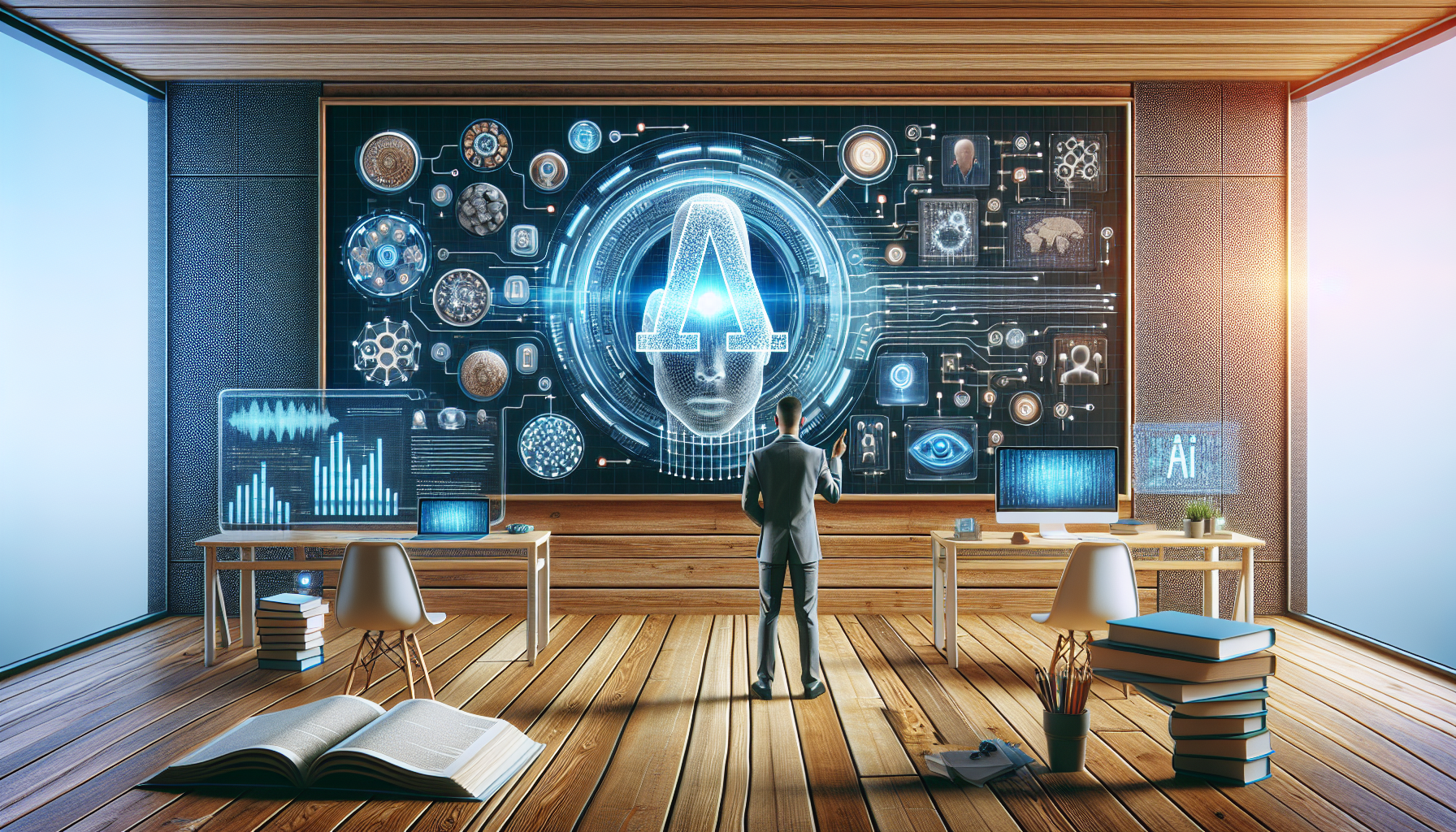
Machine Learning vs. Deep Learning: Decoding the Trend Dynamics in AI
November 3, 2025
Artificial intelligence has sparked a revolution in technology, driving transformations across industries and redefining the possibilities of machine capabilities. Central to this revolution are two prominent subsets: machine learning and deep learning. While often used interchangeably, these concepts have distinct roles and applications. Understanding their differences is crucial for navigating the fast-paced world of artificial intelligence and harnessing its full potential.
Machine learning, a branch of artificial intelligence, focuses on developing algorithms that enable computers to learn from and make predictions based on data. It relies on structured data and traditional algorithms such as decision trees, support vector machines, and k-nearest neighbors. These algorithms identify patterns within data, allowing systems to make decisions with minimal human intervention. One of the key characteristics of machine learning is its ability to improve over time as it processes more data, a feature that has made it indispensable in a variety of domains such as fraud detection, recommendation systems, and predictive analytics.
Deep learning, on the other hand, is a subset of machine learning that pushes the boundaries by simulating the human brain's neural networks. This approach involves the use of artificial neural networks with multiple layers—hence the term 'deep'. These networks are capable of learning from unstructured data, such as images, audio, and text, making deep learning particularly powerful for tasks like image recognition, natural language processing, and autonomous driving.
The distinction between machine learning and deep learning becomes apparent in their data processing capabilities and computational demands. Machine learning algorithms typically require feature extraction and selection, a process where relevant data attributes are identified and fed into the model. This step often necessitates human expertise and domain knowledge. In contrast, deep learning algorithms automatically perform feature extraction, albeit at the cost of requiring significantly larger datasets and computational power to train effectively.
Recent trends highlight a growing preference for deep learning in applications where complex data patterns need to be deciphered. The surge in available data, coupled with advances in computational resources like GPUs and TPUs, has fueled deep learning's ascendancy. Industries are increasingly adopting deep learning models to tackle intricate problems, such as real-time language translations, advanced driver-assistance systems, and even creative tasks like art generation.
However, machine learning remains a vital tool, particularly in scenarios where data is limited or computational resources are constrained. Its algorithms are often more interpretable than deep learning models, making them suitable for applications where transparency and explainability are paramount. Moreover, machine learning models can be deployed with relatively less computational overhead, making them accessible to a broader range of businesses and applications.
A fascinating aspect of the interplay between machine learning and deep learning is the emergence of hybrid models. These models leverage the strengths of both approaches, combining the interpretability and efficiency of machine learning with the depth and complexity-handling capabilities of deep learning. Hybrid models are gaining traction in fields such as healthcare, where precise decision-making must be balanced with the ability to process vast amounts of complex data.
The trajectory of machine learning and deep learning is also shaped by the ethical and social implications of AI technology. As these technologies become more prevalent, there is a heightened focus on responsible AI practices. Ensuring bias mitigation, data privacy, and accountability in AI systems is a growing area of research and regulation. This trend underscores the importance of understanding the nuances between machine learning and deep learning, as each presents unique challenges and opportunities in the pursuit of ethical AI.
In summary, while machine learning and deep learning are integral to the AI landscape, their applications and challenges differ significantly. Machine learning excels in scenarios demanding interpretability and efficiency, whereas deep learning thrives on complex, unstructured data. As industries continue to explore the vast potential of AI, the choice between machine learning and deep learning—and sometimes both—will depend on the specific needs and constraints of each application.
The ongoing evolution of machine learning and deep learning raises intriguing questions about the future of AI. How will these technologies continue to shape our world, and what new paradigms will emerge as they converge, diverge, or transform? The answers lie in the continued exploration and innovation that define the field of artificial intelligence.


